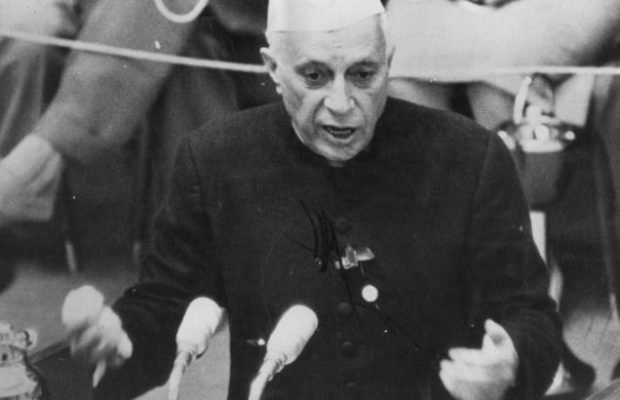Non-Aligned Movement (NAM) with 120-member countries is second only to the United Nations (UN) in size yet its’ two-day 18th Summit in Baku, Azerbaijan on Friday would be lucky to find front-page mention in your newspaper.
Indian prime minister Narendra Modi would give it a miss again, like he did in Venezuela in 2016, and so would heads of a whole lot of other nations even though Hassan Rouhani (Iran), Sheikh Hasina (Bangladesh) and KP Sharma Oli (Nepal) as notable exceptions are making rounds in press releases.
It’s unlikely, anyway, that Baku would see more heads of states than eight viewed in Venezuela, down incidentally from 35 witnessed in a still previous edition in Iran in 2012. The NAM doesn’t have a formal constitution or a permanent secretariat, only a coordinating office adjacent to the UN in New York, and a formal media communiqué is all they have to declare to an indifferent world.
It wasn’t so when the world was freeing itself from colonialism in the aftermath of World War II in 1945, and few charismatic world leaders– Pt. Jawaharlal Nehru (India), Sukarno (Indonesia), Gemel Abdel Nasser (Egypt) and Josep Broz Tito (Yugoslavia)—rallied the new nations under the banner of the NAM to keep an equidistance from the two superpowers, United States and the Soviet Union. It was a Third World-grouping which didn’t lean either way in the dangerous nuclear-race of Cold War era.
The grouping ensured the vestiges of colonialism didn’t linger on long in Africa, Asia and the Caribbean through their activism in UN General Assembly which declared de-colonization as its main objective in 1960. They brought their weight to bear on the 1963 Partial Test Ban Treaty and later helped the superpowers to formulate the Nuclear Non-Proliferation Treaty.
But the Cold War ended in 1989, the Soviet Union was no more soon, the Warsaw Pact was dissolved and apartheid in South Africa was dismantled. The NAM still defined its role through the prism of Third World nationalism. Western hegemony was still the elephant in the room.
All of it has changed with the rise of China: What was an ideological war has today become one for economics and geography. Many of the NAM members are economic basket cases of the West. As many as 40 of Africa’s 55 states, along with the African Union, have signed Memoranda of Understanding (MoU) with Beijing in its Belt and Road Initiative (BRI) to build their ports and airports, highways and railways. Over 50 NAM countries figure prominently in the index of failed states.
You thus have a situation where support for Iran’s nuclear programme is voiced in the NAM’s summit but the same nations back economic-sanctions resolutions in the UN Security Council against Tehran. A host of Arab countries bristle with anger against Israel in the NAM conferences but lap up profitable military and economic ties with the Jewish country once outside the boardroom. From conservative Colombia to Leftist Venezuela; from pro-West Malaysia to socialist Cuba, all have hosted NAM conferences.
India which skillfully used Soviet Union to secure their veto in the UN Security Council on Goa and Jammu & Kashmir in the 50s and 60s and used the Western economic assistance to bail themselves out of a food crisis don’t see much value in NAM these days. S. Jaishankar, present foreign minister, had no qualm in declaring in Venezuela Summit that blocs and alliances are less relevant in international order, and the world is moving towards a “loosely arranged order.”
Still, India has embedded itself in nimble regional networks such as SAARC and BIMSTEC, multilateral ties with ASEAN; is a respected dialogue partner of the European Union and a special invitee to the G-8 summits. It has a trilateral grouping with Russia and China; holds a quadrilateral security dialogue (QUAD) with the United States, Japan and Australia. There is then BRICS and SCO. It is thus easy to see why India is losing steam on the NAM.
In an ideal world, NAM could be an immense balancing bloc to lower the heat in the South China Sea. Lesser states in Asia-Pacific would pay a heavy price if US and China up the ante of their animosity. The NAM could restrain US and Russia; help China and India lower their suspicion of each other. There are still dime-a-dozen limited wars being fought around the world and the NAM, if it wants, could still be heard in the UN.
Unfortunately, the leaders of the NAM in its pomp, India, Egypt, Indonesia and Yugoslavia, bear little resemblance to the era of 50s. For good or worse, they have moved on. Without a credible helmsman, the NAM is nothing but a talking shop.


